Pelvic floor & core control: more than just kegels

When it comes to training the core, the pelvic floor muscles may not be the first set of muscles that come to mind. Kegels are isometric holds of the pelvic floor muscles, meaning a static contraction of the muscle. However, the pelvic floor is part of a dynamic system that needs to allow change in length of the muscle, contraction and relaxation, in response to the demands on your body. These demands can be anywhere from sneezing, carrying a bag of groceries, to lifting a heavy weight in the gym. In these examples, the demand is different from task to task, meaning rehabilitation and training your pelvic floor needs to be more specific than learning how to contract and hold with Kegels.
The pelvic floor is one part of a dynamic system. The function of the diaphragm, the transversus abdominus (lower abdominals) and the multifidus (spine stabilizing muscles) influence the function of the pelvic floor and vice versa. These four components of the system help to safely control changes in intra-abdominal pressure which allows you to anticipate, prepare, and react to the inside and outside demands to the body. In particular, the diaphragm plays a major role in this pressure change, which means that breathing patterns heavily influence the health of your pelvic floor and core.

Another factor that influences the relationship between the diaphragm and the pelvic floor is posture and alignment. For even pressure distribution to occur in the trunk, the ribcage needs to be in alignment with the pelvis. This will allow the diaphragm to interact with the pelvic floor and the trunk muscles which then allows for lengthening and contraction. Try slumping over and take a deep breathing then try keeping your chest high and take a deep breath. When you are slumped, all the pressure will go into your belly. When your chest is high, all the pressure will go into your chest. If you align your ribcage over your pelvis and take a deep breath, you should feel even pressure distribution into your belly, sides, low back, and into your pelvis. This isn’t always easy, so don’t be discouraged if you aren’t sure how this should feel!
The pelvic floor isn’t a stand-alone muscle group. It is heavily influenced by breathing mechanics, posture, alignment, and resting muscle length. Training Kegels only teaches these muscles to contract and hold, rather than to respond to pressure changes that can happen within your core from day to day.
Charlotte Reiher, MPT, BKIN, CAFCI

About twice a month our therapists will be posting answers to commonly asked questions. So, if you have a burning question that you want answered let us know in the comments below.
We can cover anything ranging from active rehabilitation, to injury prevention.
This week our featured therapist is Charlotte Reiher. To learn more about Charlotte check out our PhysioWorks team.


Leave a Reply